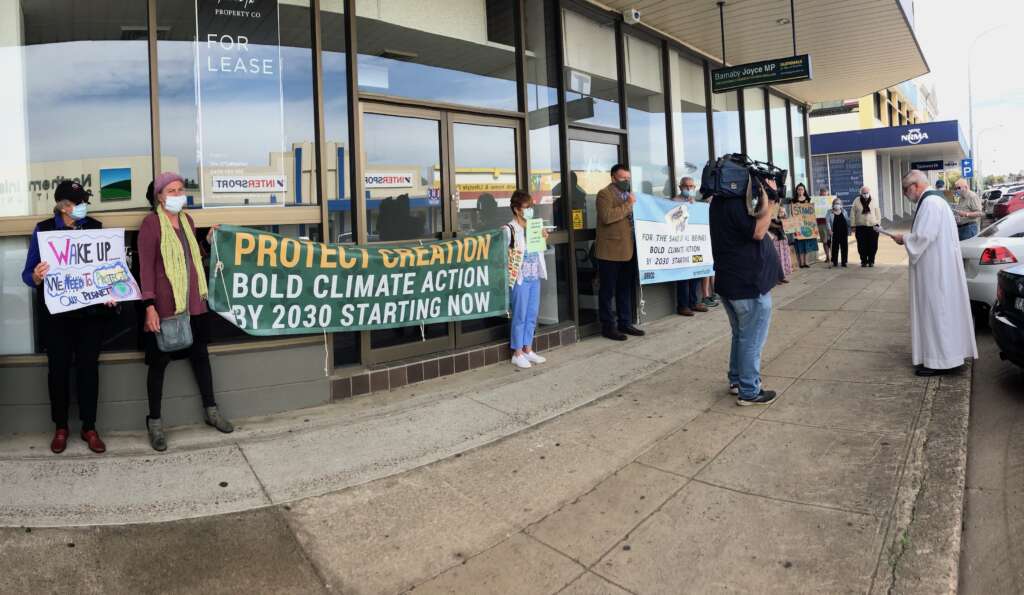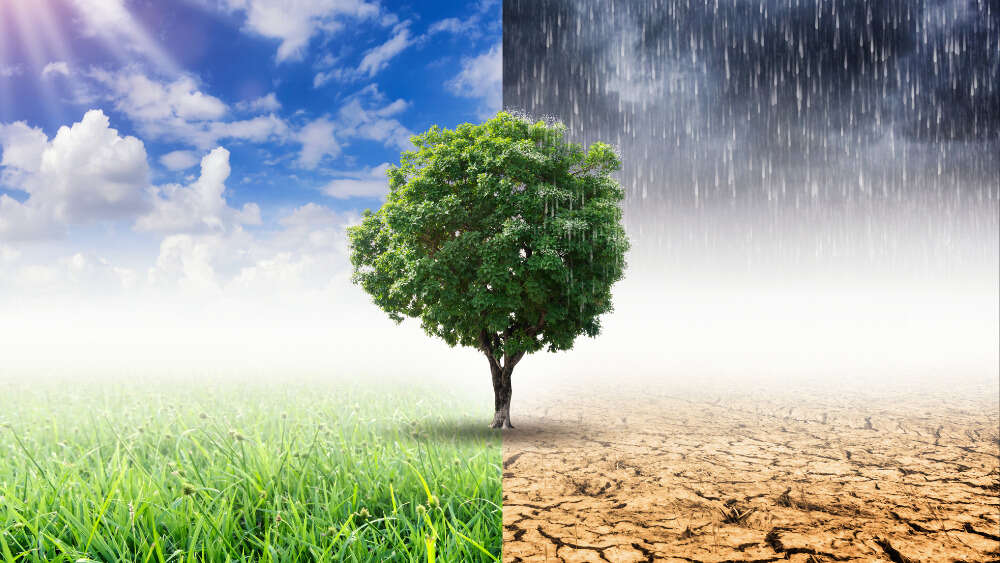Thea Ormerod is the President of the Australian Religious Response to Climate Change. In this article, she provides Eternity readers with a basic summary of the Sixth Assessment Report of the Intergovernmental Panel on Climate Change (AR6), which was released on 28 February 2022.
Omerod explains how the report shows the latest science behind the many recent climate-linked extreme weather events, and considers how it relates to Australia.
Yes, the report paints a frightening picture, Omerod acknowledges. But, Omerod argues, just as they did with the COVID threat, people in faith communities should consider it as a call to not hide from the truth, and to replace fear with courage and compassion.
Coming eight years since the last Assessment Report of the Intergovernmental Panel on Climate Change in 2014, AR6 offers the most complete picture to date of how our world has already been impacted and how much more we will lose if we don’t act with determination, starting now.

Australian Christians hold a vigil outside Barnaby Joyce’s office on 18 October, 2021. ARRCC
Many Christians and other people of faith baulk at the topic of climate change, seeing it as a ‘political issue’. But climate started out as an engineering, moral and social challenge, and was made a ‘political issue’ by fossil fuel companies seeking to stop government regulation from threatening their profits.
For many Christians and supporters of the Australian Religious Response to Climate Change (ARRCC), it is primarily a moral issue. Guided by the principles of fairness, truth-seeking and compassion, we are concerned that the people who are hit the hardest by climate impacts are usually those who are already poor, and have the least capacity to cope. They live in places like Haiti, Bangladesh, Ethiopia, Vietnam, Syria, Kiribati and The Philippines.
There are also today’s young people, many of whom dread a future predicted by scientists, and will be on the streets protesting on 25 March at the next School Strike for Climate.
The report puts forward various statistics, arrived at after painstaking processes by climate scientists. People of faith may be wary of the realm of ‘politics’, but surely they will be moved to take action by the suffering behind the statistics.
We feel for those who have lost loved ones in the floods in Southeast Queensland and the Northern Rivers of NSW. At the time of writing, fourteen people so far have lost their lives and tens of thousands of people’s homes have been impacted, with all the associated trauma. The river through Lismore has never risen this high in living memory, damaging businesses, homes and infrastructure.
The fact is that, for each 1°C rise in global average temperature, the atmosphere can hold approximately 7 per cent more moisture on average, increasing the likelihood of extreme downpours.
Behind the 0.43 m likely average further sea-level rise by 2100 – even if temperatures are held to 1.5°C – are the stories of real people suffering from the changes seen to date.
Already buildings, roads and ancestral burial grounds have been washed away in Australia’s Torres Strait, and saltwater inundation of wells means a shortage of freshwater. The ‘Torres Strait Eight’ see the lack of climate action by the Australian Government as a violation of their rights to culture, life and family and have taken their case to the United Nations Human Rights Committee.
“Guided by the principles of fairness, truth-seeking and compassion, we are concerned that the people who are hit the hardest by climate impacts are usually those who are already poor, and have the least capacity to cope.”
AR6 provides details of how wet areas are getting wetter and dry areas are getting drier. A New York Times article published in late 2019, ‘India’s Ominous Future: Too Little Water or Far Too Much’, focuses on the drought-prone region of Marathwada in Western India. Since 1950, annual rainfall has declined by 15 per cent. In that same period, cloudbursts have shot up threefold.
These are people who rely almost entirely on the monsoon to fill the wells and water their crops. The authors introduce us to a farmer, Mr Fakir Mohammed. The rains had been deficient for most of the previous nine years. In 2019, they came late, and when they came, they still didn’t fill his family’s well.
Water was so precious that the women of his family said they drank half a cup if they wanted a whole one. When their nerves were frayed, they smacked a child who spilled a cup by accident. Every day, four government trucks came to fill the village water tank, which met a fraction of what the village needed. Most people bought drinking water from far away.
Mr Mohammed was grateful for whatever the clouds had to give that year, but he was also anxious.
“I’m scared in my heart. I don’t know what’s going to happen in the future,’” he said.
The clear takeaway from AR6 is that this decade is the small window for deciding the ultimate success or failure of humanity’s response to climate change.
We have this short time frame in which to embrace our responsibility to take action and it will take strong leadership to transition Australia to a low emissions future.
To learn more about ARRCC and to access their resources leading up to the election go to: http://www.arrcc.org.au/
Email This Story
Why not send this to a friend?


